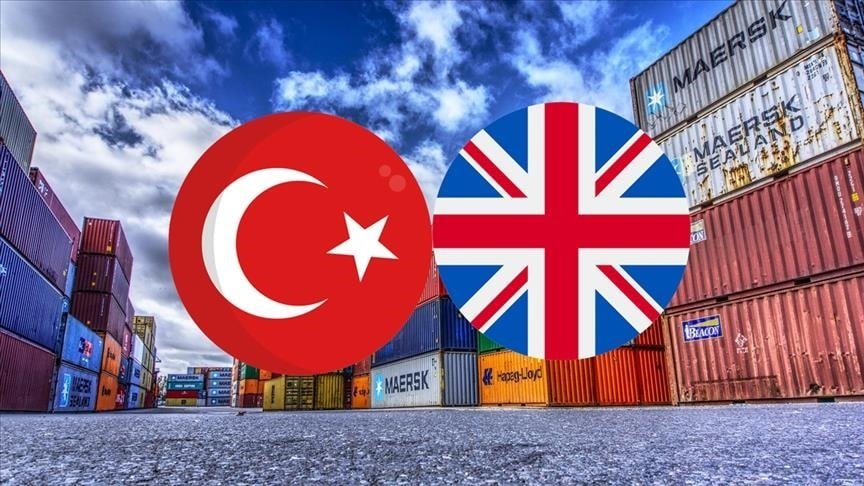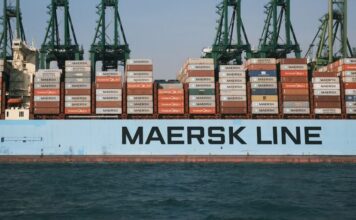Free Trade Agreement (FTA)
The UK and Turkey signed a free trade agreement (UK-Turkey FTA) on 29 December 2020. A free trade agreement aims to reduce barriers to trade between signatory countries.
This is one of several agreements that the Government has created since the UK’s departure from the EU, in order to maintain as far as possible existing trade relationships with other countries.
The Department for International Trade’s guidance on trade with Turkey states that the UK’s previous trading relationship with Turkey was governed by the EU-Turkey customs union. These existing arrangements have now been transitioned into a traditional free trade agreement.
The UK-Turkey FTA has provisionally applied since 1 January 2021 and awaits ratification procedures by both countries.







